As a humanitarian NGO specializing in emergency technologies, TSF has responded to more than 170 crises in 25 years, with a hundred missions dedicated to disaster response. In two decades, we have seen the evolution of crises and contexts, emergency situations becoming protracted crises, and the increasing difficulty of reaching affected people due to logistical, security or administrative constraints.
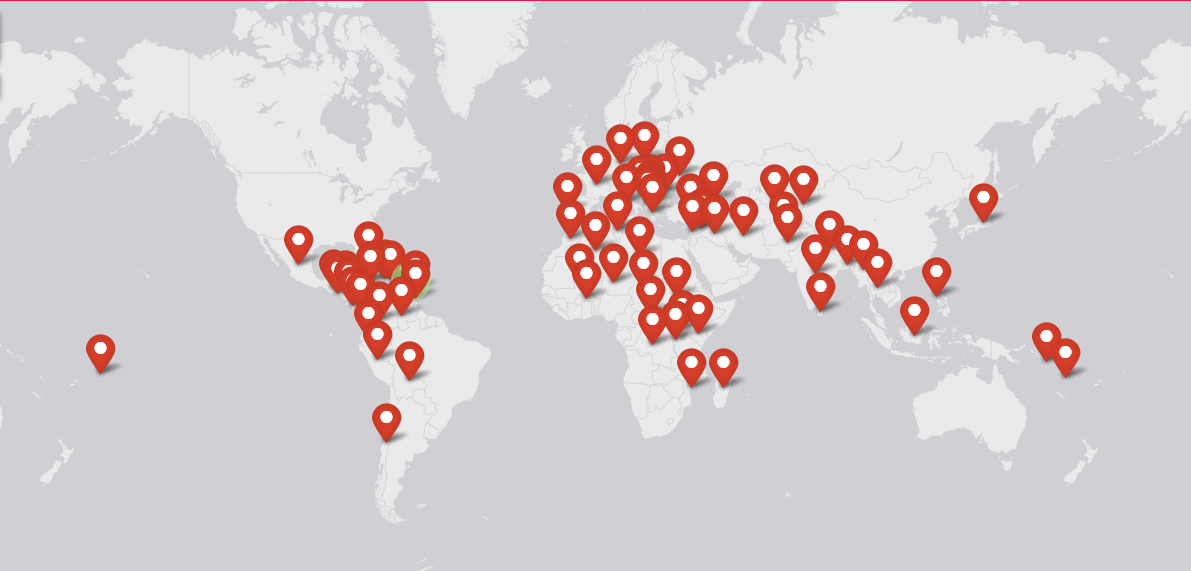
On the occasion of the upcoming International Day for Disaster Reduction on October 13, we focus on how we can mitigate the impact of disasters using technology, through preparedness and collaboration.
Rapid response: relying on collaboration and localization
Preparedness, resilience and collaboration
For emergency organizations, reaching the affected areas in the first few days after a disaster has always been essential. It’s when and where the needs are strongest, the most urgent. But crises have been getting longer, more complex and more difficult to access. Communication needs have evolved. We therefore increasingly rely on preparedness and collaboration, and these elements are key points of disaster reduction.
We have a long history of collaboration and cooperation with national, regional and international players, and we believe it is imperative to rely on the most localized organizations to enable a more effective, appropriate and rapid response in the event of a disaster, while coordination must take place at all levels. Projects like our project to share regional capacity in emergency telecoms in disaster-prone areas, advance this approach.
This project, which focused on 2 disaster-prone regions (South-East Asia and the Caribbean), made it possible to strengthen the network of telecom responders from the corresponding regional disaster management agencies through training and equipment donation.
"Working with regional and national teams is useful for gaining a practical understanding of their approach and specific challenges, which improves our response's effectiveness." Sébastien Gillet, ICT specialist in the Capacity Sharing Project and Head of Mission in the Hurricane Beryl response, shares. He explains the goals of this project:
“The first days are the most critical, just after the disaster. The first goal of the project was to provide equipment and training to the local responding teams so they can start to recover their own communications. The second objective is to integrate into their own response mechanism at the local level.”
Hurricane Beryl

Working ahead of time with these agencies made a difference. On July 1, 2024, Hurricane Beryl caused extensive damage on the islands of St Vincent and the Grenadines, Grenada, and Jamaica. Regional and iternational coordination, and contacts created during the capacity sharing project, enabled emergency telecom teams to reach the communities most affected by Hurricane Beryl.
TSF supported 500 people in the aftermath of Hurricane Beryl, in the Caribbean region. One team worked directly with affected communities in Carriacou, providing connectivity for people to reach their loved ones, and another team supported the humanitarian response in Jamaica. Learn more about this mission here.
Regional and international coordination, and contacts created during the capacity sharing project, enabled emergency telecom teams to reach the communities most affected by Hurricane Beryl.
Developing new projects towards resilience and disaster reduction
TSF is now working on new projects with the goal of building a better response to disasters. We have been working with national, regional and international organizations to provide reliable information to people on the move in Latin America since 2017.
Latin America and the Caribbean are one of the most disaster-prone regions in the world. TSF is now developing a new project to provide essential connectivity to people affected by disasters in this region, through collaboration and preparedness.
Follow our LinkedIn and Instagram to learn more about this project in the coming months.


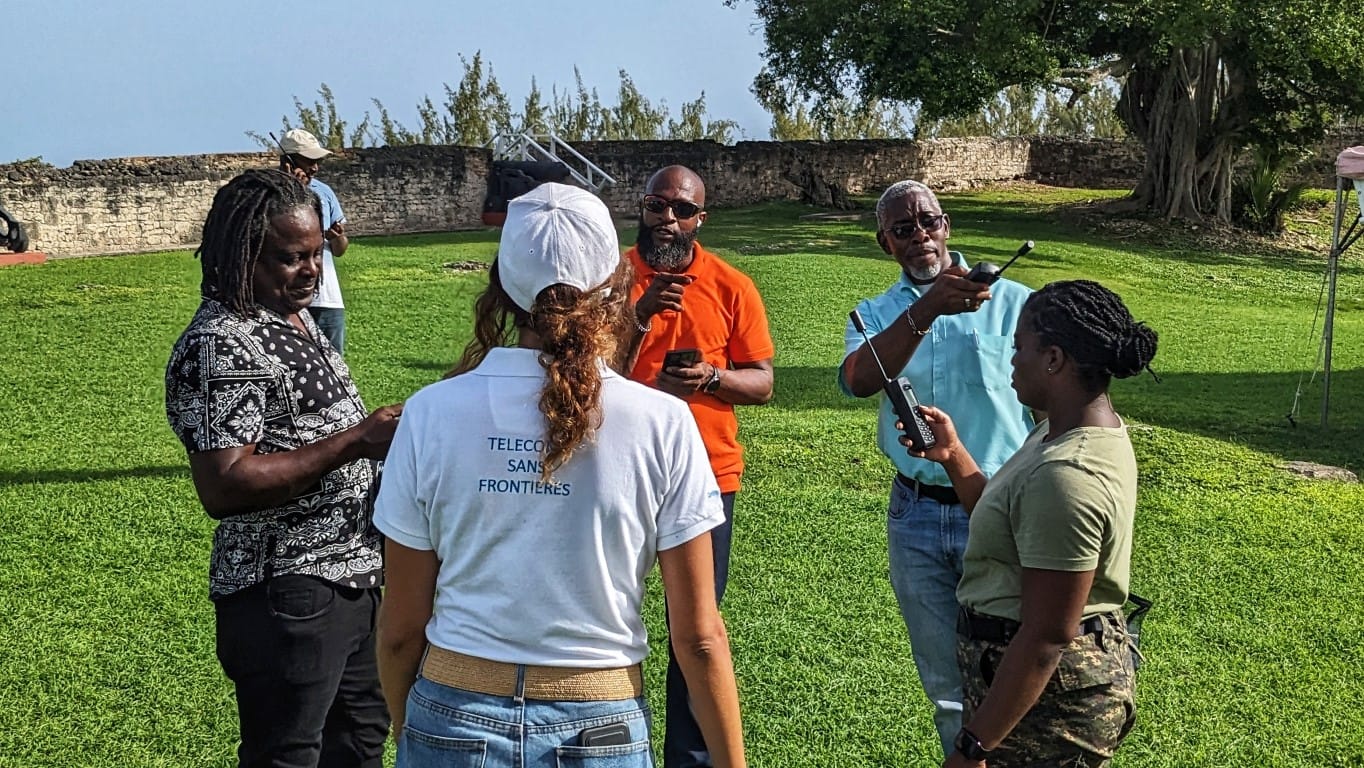

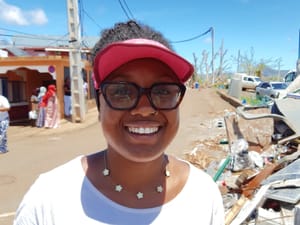
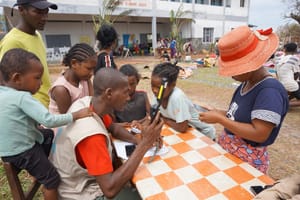
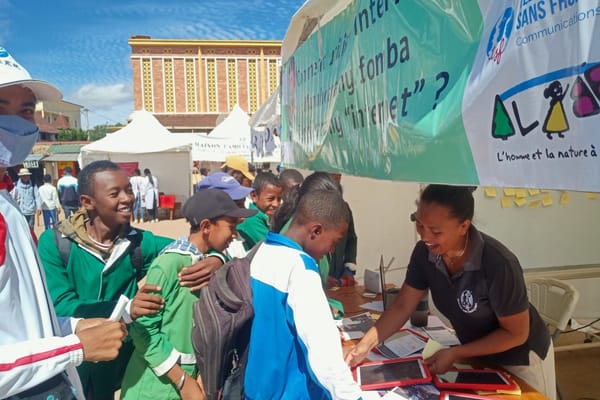
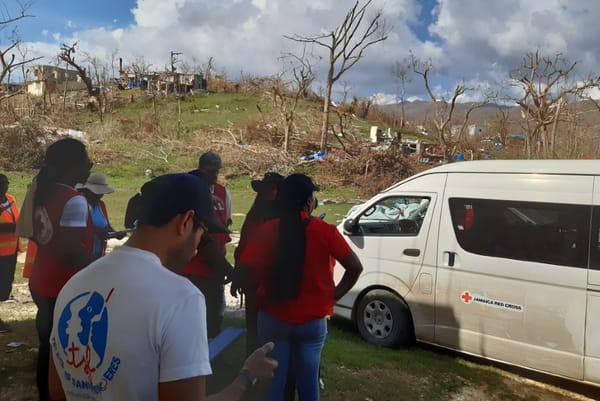
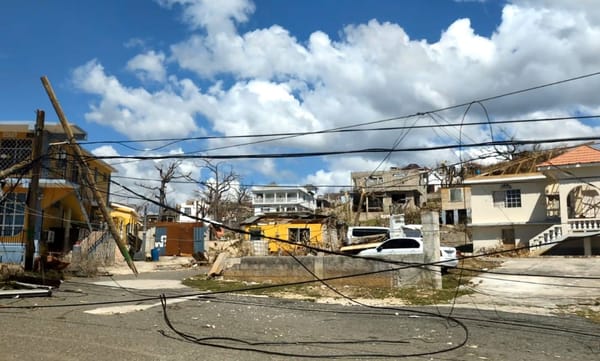

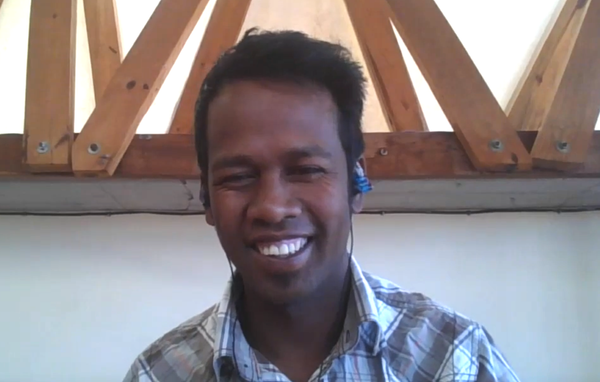
Member discussion